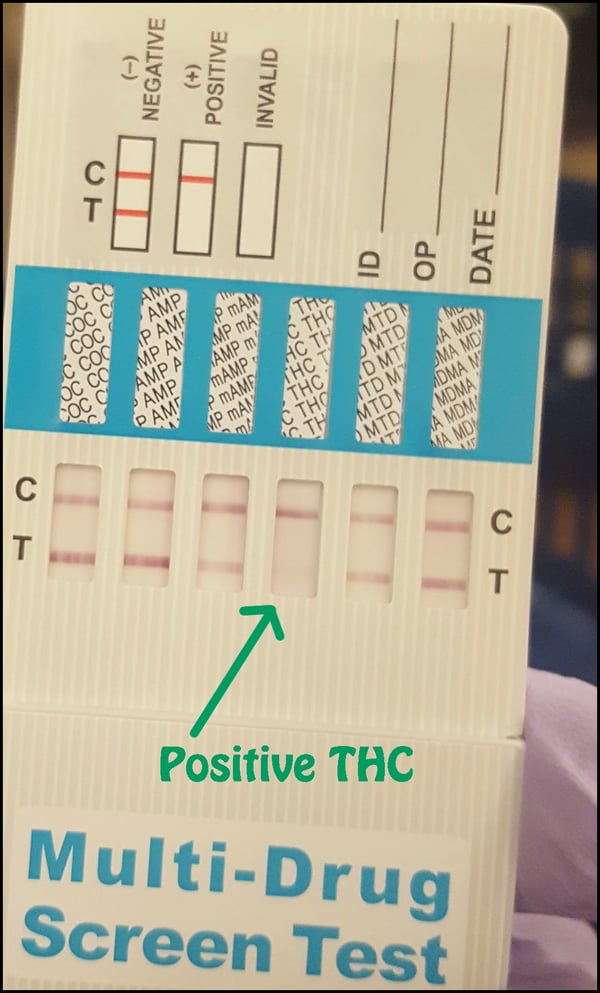
Nationwide, with many states approving the use of not only medical but recreational marijuana use, the toxicity in pets has skyrocketed. The drug is more accessible and dogs are drawn to it.
Tetrahydrocannabinol (THC) is the active ingredient in marijuana. The THC is what interacts with the neurotransmitters such as dopamine, serotonin, aceytylcholine, and norepinephrine. It binds to receptors in the frontal cortex and cerebellum. Lethal dose is >3g/kg, and fatalities are not common.
But clinical signs can be severe and treatment is important. The symptoms can greatly vary depending on the amount ingested, the size of the animal, and the sensitivity of the animal to the substance. The symptoms may last anywhere from 30 minutes up to 12 hours or longer depending on these factors.
Symptoms in Dogs
-
mydriasis
-
ataxia
-
hypothermia (In some patients hyperthermia may also occur, especially with tremoring or seizures)
-
depression
-
aggression
-
vomiting
-
muscle tremors or seizures
-
hyperesthesia
-
nystagmus
-
disorientation
-
ptyalism
-
bradycardia
Drug Testing
There are tests available to screen for various drug exposure. False negatives are not uncommon, but a positive test is diagnostic.
Here is what that test looks like:

Treatment
Hospitalization will be required for supportive care and recovery should be in a quiet dim area if possible away from noise and distractions within the hospital environment.
- Depending on symptoms, administer supplemental oxygen if necessary.
- If symptoms are severe, place an intravenous catheter on presentation and start intravenous fluids.
- If a drug toxicosis is suspected but not known, perform a drug test if possible.
- If there is tremoring or history of seizures, administer diazepam to control.
- If the ingestion occurred within 1-2 hours of presentation, induce emesis. Note that THC has anti-emetic properties, making induction of emesis often difficult, and gastric lavage may be necessary. Also, if the dog is extremely sedate from the drug, emesis may not be safe due to risk of aspiration.
- Activated charcoal is recommended following emesis or gastric lavage. (2-5g/kg mixed with water 1g/5kg)* and repeat every 4 hours depending on symptoms.
Here is a dog that has been exposed to cannabis. Note the dilated pupils, ataxia, and disorientation.
References:
1) Plunkett, Signe. Emergency Procedures for the Small Animal Veterinarian, Second edition. Saunders. 2000.*
When in doubt, never hesitate to call the ASPCA Animal Poison Control Center Phone Number: (888) 426-4435

